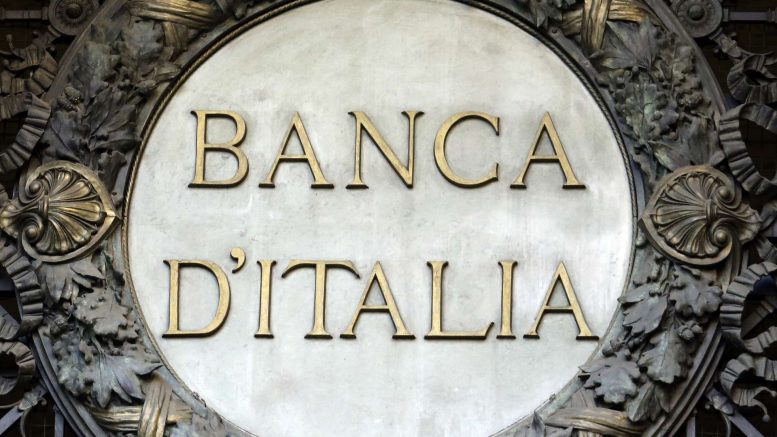The Italian executive has caused negative surprise by announcing an estimated budget deficit of – 2.4% of GDP for the period 2019/2021 compared to the -2% expected (-0.8 in 2019, 0% in 2020 and + 0.2% in 2021 in the previous forecast). The markets have reacted with an increase in the risk premium of 50bp to 280 bp and a 4% fall in the FTSE-MIB. The exposure of Italian banks to the country´s public debt (around 370 billion euros; equivalent to 10% of their balance sheets) and the possibility that the ratings agencies downgrade their credit rating of Italy (at the end of October?) being an increase which invites caution. As a consequence, Bankinter´s analysts have lowered their recommendations on Intesa and Unicredit from Buy to Neutral and reiterate their recommendation Sell for Monte Dei Paschi.
The increase in the risk premium impacts negatively on the banks in fundamentally three ways.
Firstly, financing increases the costs of the banks due to the close relationship between bank risk and country risk. The impact in the losses and earnings account is more rapid in the banks with greater dependence on wholesale financing – more volatile and expensive than retail liabilities – as in Italy. By way of example, the ten year bonds issued by the bank with the best fundamentals (Intesa) are paying a TIR average of approximately 3.10%, compared to 1.83% when the issue was placed in March.
On the other hand, the capital ratios deteriorate reflecting the market book value of the bond portfolios available for sale. The core capital ratio (common equity tier 1) have an average sensitivity estimated at approximately -20/-30 bp for each increase of + 100 bp in the risk premium. In this sense, Intesa (core capital of 13.6%) and Unicredit (core capital of 12.6%) have comfortable capital ratios, but Bankinter does not discount seeing new increases in the risk premium given that the ECB´s programme of asset purchases ends at the end of the year.
Lastly, the sanitising of balances increases the profitability demanded by investors to buy non productive assets and it is posible that the sanitising of of balances will slow, which is a critical factor to generate capital and improve profitability (ROE).





